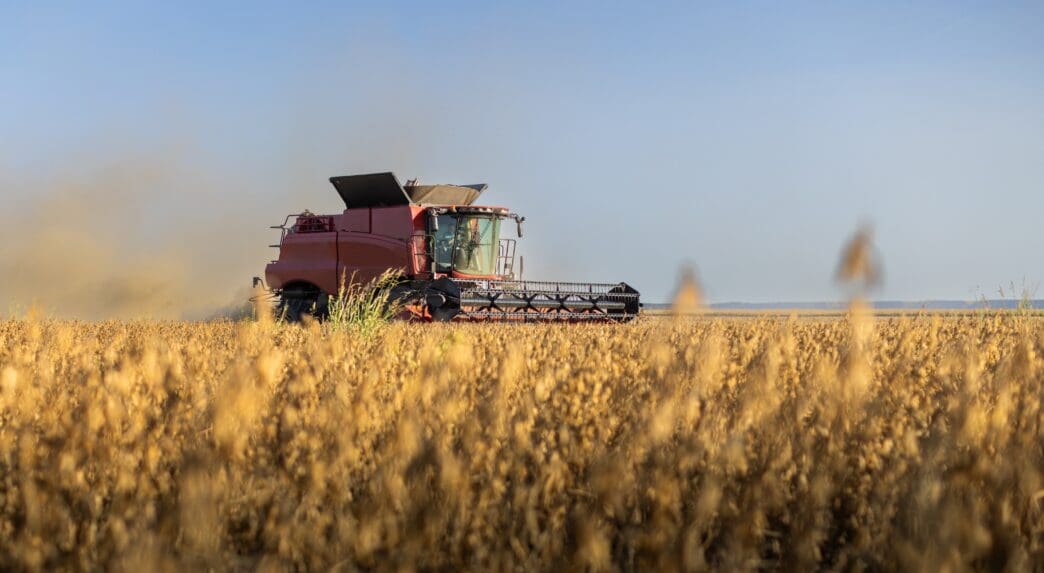Executive Summary
The Story So Far
Why This Matters
Who Thinks What?
US President Donald Trump and Chinese President Xi Jinping reached an agreement on Thursday to de-escalate trade tensions, with the United States committing to reduce tariffs on Chinese goods from 57% to 47%. The deal, struck on the sidelines of the Asia-Pacific Economic Cooperation (APEC) summit in Busan, South Korea, also secures China’s commitment to maintain rare earth exports, purchase “tremendous amounts” of US soybean, and intensify efforts against fentanyl trafficking. The agreement is set to remain in force for at least one year.
Trade Deal Specifics and Commitments
Beyond the general tariff reduction, President Trump announced that fentanyl-related tariffs on China would be cut from 20% to 10%. He described the meeting, which lasted approximately one hour and forty minutes, as a “great success,” noting that several issues had been “brought to finalization.”
As part of the understanding, China pledged to crack down on the production and export of fentanyl precursors, which have been a significant contributor to opioid crises in the United States. The commitment to keep rare earth exports flowing addresses a critical concern for global supply chains, as China is a dominant supplier of these essential minerals.
Impact on US Agriculture
The agreement to increase US soybean purchases is particularly significant for American farmers, who have been severely impacted by the ongoing trade dispute. The US agricultural sector, especially soybean growers, experienced a $3 billion drop in trade with China during the first half of 2025 compared to the same period in 2024. China, traditionally the largest buyer of US soybeans, had imposed retaliatory tariffs that effectively halted sales from May onwards, leading to depressed prices and market shifts toward South American suppliers like Brazil and Argentina.
Treasury Secretary Scott Bessent, who participated in preliminary trade negotiations, had previously indicated that US soybean farmers would “feel very good” about the impending deal. This sentiment reflects the significant pressure faced by an important segment of President Trump’s political base.
Leaders’ Statements and Future Engagements
President Trump praised President Xi as a “tremendous leader of a very powerful country” and announced upcoming reciprocal visits. He stated he would travel to China in April, with President Xi visiting the US sometime thereafter, potentially in Florida or Washington, D.C.
Prior to the agreement, President Xi emphasized the importance of the US and China being “partners and friends” despite “frictions” arising from their different national conditions. He acknowledged that disagreements were normal for the world’s two leading economies and called for joint efforts to accomplish “great and concrete things” for both countries and the global community.
Broader Context: Nuclear Testing Announcement
Separately, President Trump made an announcement regarding US nuclear policy shortly before his arrival in Busan. He stated on his Truth Social platform that he had instructed the defense department to “immediately” begin testing nuclear weapons due to “other countries (sic) testing programs.” This directive followed recent reports of Russia successfully testing a Poseidon nuclear-powered super torpedo and a new nuclear-capable Burevestnik cruise missile, along with nuclear launch drills. The United States last conducted a nuclear weapons test in 1992.
Summary
The deal between President Trump and President Xi signals a crucial step towards de-escalating the prolonged trade dispute between the world’s two largest economies. While addressing immediate trade imbalances and agricultural concerns, the agreement also highlights ongoing geopolitical dynamics, including China’s role in global supply chains and the broader context of international security concerns.








